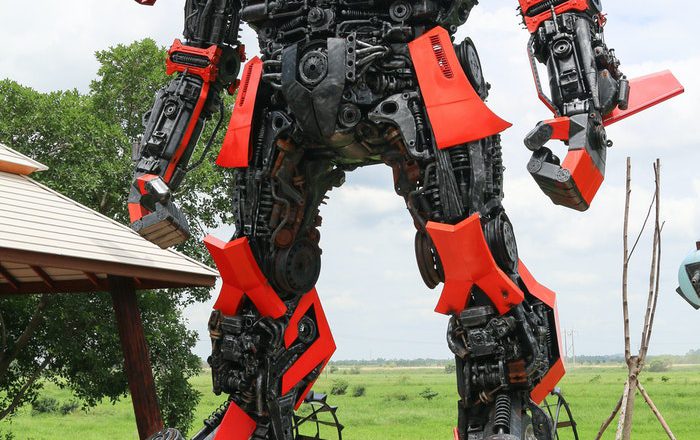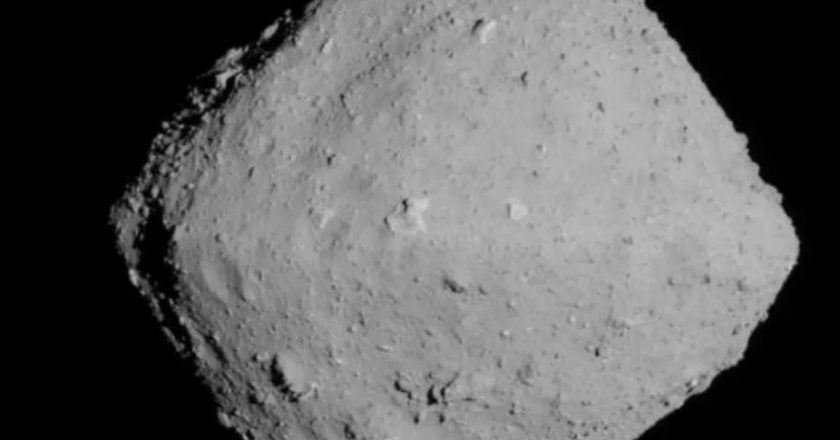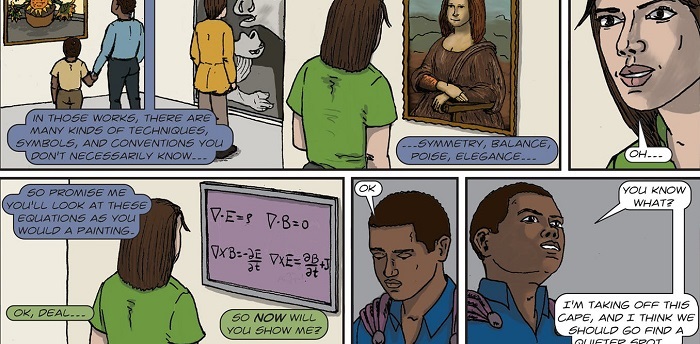Coronavirus closures could lead to a radical revolution in conservation
In the early days of the COVID-19 lockdowns, social media was flooded with reports of animals reclaiming abandoned environments. According to one widely shared post, dolphins had returned to the canals of Venice.
While many of those stories have since been debunked, conservationists are providing legitimate reports of cleaner air and water, and wildlife reclaiming contested habitats.
With widespread closures of parks and conservation areas around the world, could this be an opportunity to transform the way we manage and use these protected environments?
The ecological benefits of park closures
In Canada, wildlife sightings are on the rise. Cole Burton, a conservation biologist at the University of British Columbia, says that the pandemic has provided an opportunity to study how animals r...




